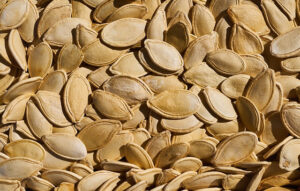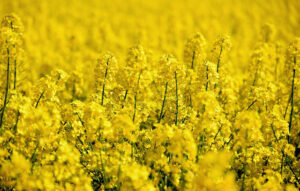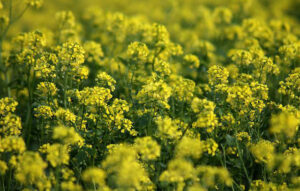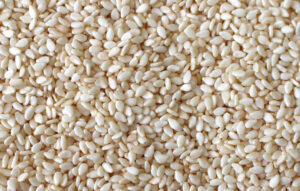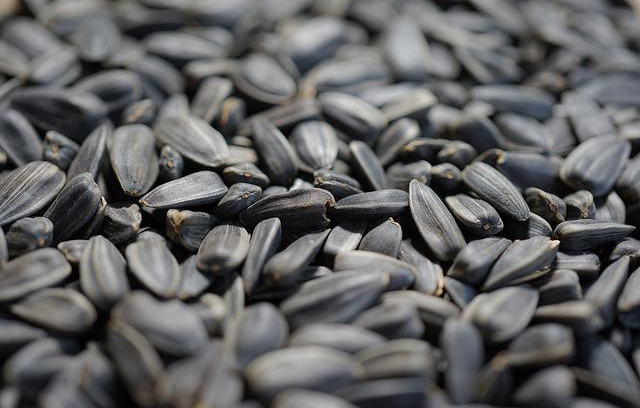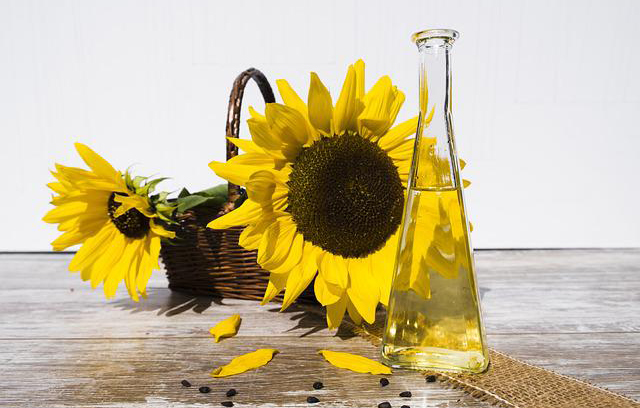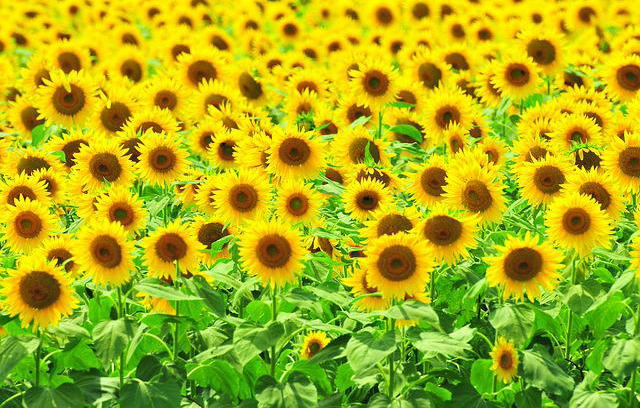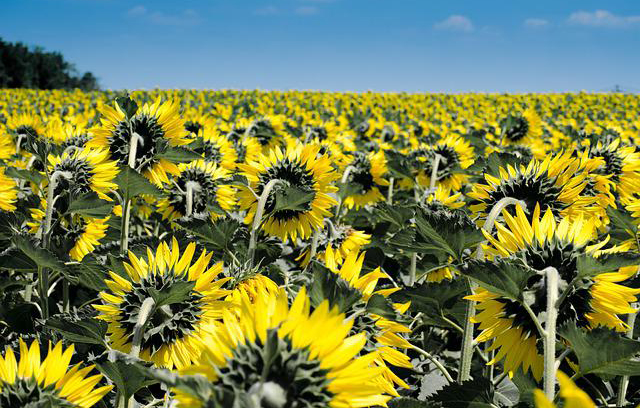GrainProTrade – Sunflowers wholesale at producer prices
Our company GrainProTrade supplies black and striped sunflower seeds directly from farmers in Ukraine on favorable terms. Our black sunflower seeds with an oil content of more than 50%, a purity of 98% and a moisture content of no more than 8% are ideal for the production of high-quality sunflower oil. Striped sunflower seeds are typically used as bird seed.
You can safely buy sunflower seeds from us without worrying about the quality, because all our products are consciously selected by our QM employees in Ukraine and thus meet the highest standards, which guarantees the expected quality of the goods. Besides the high standard, the products are sold at an affordable wholesale price. Conditions for the sale of sunflower seeds can be specified at any time in writing or by telephone with the manager. Our team provides our customers with the in Big Bag packed sunflower seeds ordered by truck within 5 working days.
Current prices for sunflower seeds:
- black sunflower seeds DDP delivered from 420 €/ton, in Big Bags
- striped sunflower seeds DDP delivered from 560 €/ton, in big bags.
The main advantages of the ZusaWorking with our company:
- the high level of professionalism of our entire team, which ensures hassle-free delivery of quality sunflower seeds in the shortest possible time;
- an appropriate price level, since we work directly with sunflower producers in Ukraine, e.gusamen work;
- convenient delivery straight to you.
Contact our managers on the website or by phone. We offer high quality sunflower seeds at an optimal price!
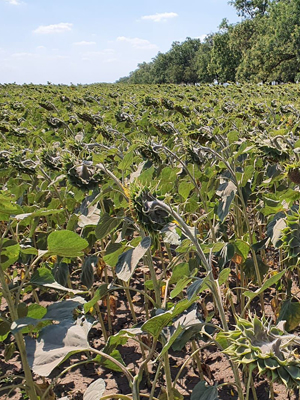
Sunflower field in Ukraine

Sunflower field in Ukraine

Sunflower seeds from Ukraine

Sunflower seeds from Ukraine
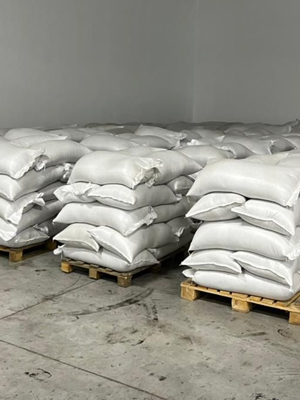
Sunflower seeds from Ukraine



